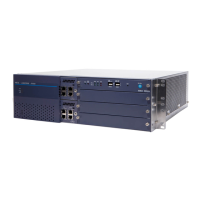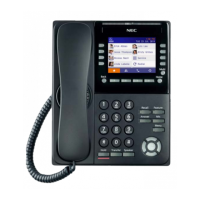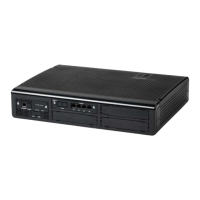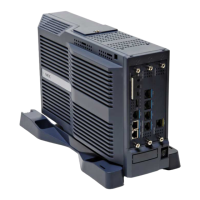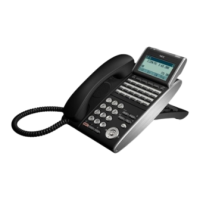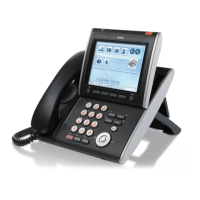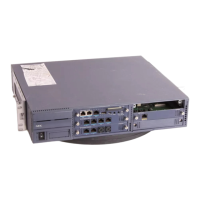UNIVERGE SV8100 Issue 1.0
SV8100 Features and Specifications Manual 2 - 733
Mobile Extension
Description
A mobile extension is an external telephone (preferably a mobile phone) linked to the UNIVERGE SV8100
via a Proxy Port to operate as an internal SLT extension. The extension sends DTMF signals to the
system allowing access to the system features. A registered Mobile Extension uses 1 analog port (ports
are reserved in groups of 4), however,
no PCB support (analog or digital) is required. The Mobile
Extension port must be an unequipped extension port on the UNIVERGE SV8100 system - no physical
keyset is required on the SV8100 system.
A mobile extension cannot be used as a voice mail port.
This feature can currently be used with ISDN PRI trunks or SIP trunks.
It is recommended to use this feature with an ISDN PCB (PRI or BRI), however, analog trunks can be used as well.
To provide a proper disconnect, Disconnect Supervision is required for the trunks used for this feature.
The Mobile extension internal extension number (Proxy Port) is linked to a speed dial bin to provide
integration.
If all external trunks are busy when a call is made to the mobile extension, ringback tone is presented giving the
impression the phone is ringing.
Figure 2-2 Mobile Extension Layout

